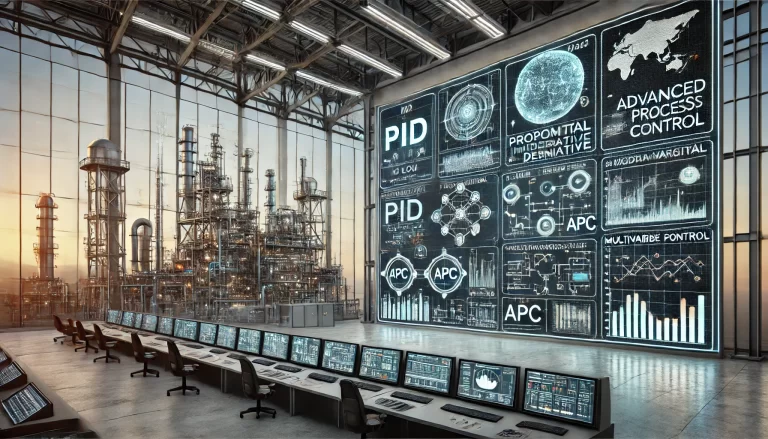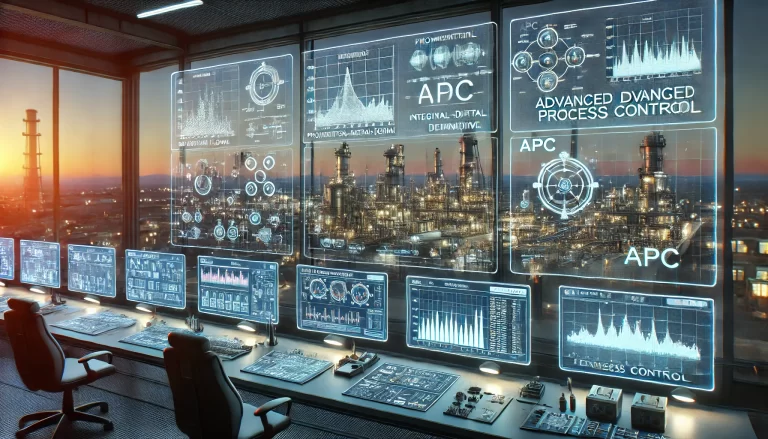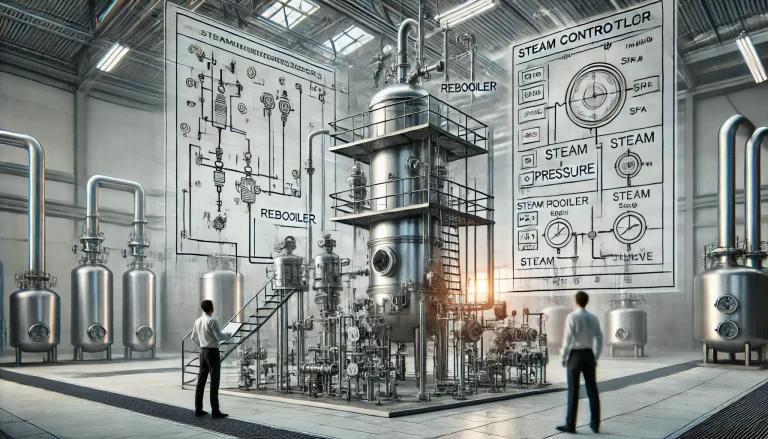Advanced control is often considered a more sophisticated control algorithm compared to PID (Proportional-Integral-Derivative) control. However, the successful implementation of advanced control projects still relies on robust underlying PID control. For single-variable, strong-causality control problems, advanced control does not necessarily surpass PID control. While advanced control is known for solving complex multivariable coordination and optimization problems, many tasks such as constraint control and multivariable manipulation can also be achieved through strategies like override control, split-range control, hierarchical control, ratio control, valve position control, or nested control systems.

What truly sets advanced control apart is its ability to convert control scheme designs into models and parameter configurations in an implicit manner, which enables scalability and simplicity when solving multivariable coordination and optimization problems.
The adoption and promotion of advanced control in industry over the years have made it as influential as PID control, establishing it as a de facto industrial standard. What are the reasons behind this success? Are they solely rooted in features like model prediction, rolling optimization, or feedback correction? Most control algorithms are inherently model-based, and without feedback mechanisms, all algorithms are fundamentally feedforward, unable to handle uncertainties. Thus, these features are not the root reasons for the industry’s acceptance of advanced control.
Drawing on my 20 years of experience in implementing, maintaining, and upgrading advanced control systems in various industrial installations, I propose that the true advantages of advanced control lie in its unique ability to allow flexible control strategies. Advanced control retains an explicit, deterministic control structure while enabling implicit changes in the control strategy over time as engineers deepen their understanding of the system. In contrast, PID-based control structures rely on explicit, deterministic single-loop strategies. It is this inherent flexibility that gives advanced control its unique appeal. Below, I outline the three critical roles advanced control plays from an engineering perspective: choice, experimentation, and validation.

1. The Power of Choice
In industrial control schemes, two types of unreasonable strategies often emerge:
Unusable Strategies: These are incorrect schemes that, once applied, cause significant system disturbances. In practice, the only recourse is manual operation, but adjusting these schemes is challenging due to cognitive and management barriers. As a result, manual operation persists for a long time.
Suboptimal Yet Usable Strategies: These schemes work but are far from ideal. For example:
Using reflux flow control to manage a reflux drum’s liquid level under high reflux ratios.
Using bottom outlet control to manage the tower bottom’s liquid level when bottom discharge is minimal.
Over-relying on bottom temperature control in stripping towers.
These suboptimal schemes are often overlooked and remain in place because they do not trigger obvious issues.
Advanced control offers a solution. It can replace manual operation and improve upon PID control by maintaining the variables of the existing scheme while applying implicit models and parameters to optimize performance. The flexibility of models and parameters allows engineers to retain the same control variables but achieve vastly different outcomes. This provides engineers with significant choice and flexibility in improving control schemes without fully dismantling the existing structures.

2. The Power of Experimentation
Advanced control enables engineers to treat all manipulated variables (MVs) as potential inputs and all measured variables (MVs) as outputs. By using models and parameters, it is possible to design and implement control schemes that match the system’s operational goals.
For instance:
A liquid level can be controlled through multiple manipulation methods. A traditional DCS single-loop control may fail to fully utilize available control options, leading to manual interventions during abnormal conditions.
Advanced control allows multiple manipulated variables to be combined and utilized simultaneously according to process requirements. For example, both bottom temperature and feed temperature can be used as controlled variables to achieve process objectives.
Advanced control also allows for experimentation with new strategies. For example, abandoning bottom temperature control in a stripping tower is often met with resistance, as such changes can take years to implement due to concerns about disrupting long-held practices. However, advanced control makes it easier to test new approaches without fundamentally altering the system’s operation.
This experimentation capability is crucial for exploring and implementing control schemes that better align with process requirements while minimizing risk.

3. The Power of Validation
Once an operational method is established, whether manual or automated, it can be difficult to replace. Implementing a new control scheme requires ensuring correct configuration, reasonable parameters, and careful commissioning. If the strategy fails, the consequences can include penalties, operational disruptions, or missed opportunities for further improvement.
For example, a recent incident in a synthesis ammonia plant involved a shutdown caused by improper load settings. While load changes themselves are not inherently risky, errors in detail, overconfidence, and ignorance can still lead to accidents. Once such failures occur, any attempt to modify control strategies is treated with caution, and the validity of the new approach comes under scrutiny.
In industrial operations, operational knowledge cannot be fully automated. Advanced control provides a safe and systematic approach to test and validate the effectiveness of control strategies before full implementation. It enables engineers to develop strategies that are both:
Minimalist and optimized: Reducing complexity while meeting process objectives.
Standardized and robust: Ensuring all parameters and configurations are correctly designed.
However, validating advanced control schemes is not without technical cost. Engineers must understand the core principles, align strategies with process objectives, and rigorously test control strategies under different conditions. This requires a high level of expertise, but the benefits include reduced risk, improved reliability, and increased confidence in the implemented solutions.

Conclusion
Advanced control systems have become an integral part of modern industrial automation, complementing and extending the capabilities of PID control. By providing engineers with the power to choose optimal strategies, experiment with new approaches, and validate solutions safely and effectively, advanced control bridges the gap between theoretical design and practical application.
The flexibility, scalability, and robustness of advanced control make it a vital tool for addressing complex industrial challenges. By leveraging its unique advantages, engineers can achieve more efficient, reliable, and adaptable control systems, ultimately driving industrial processes toward greater optimization and performance.
